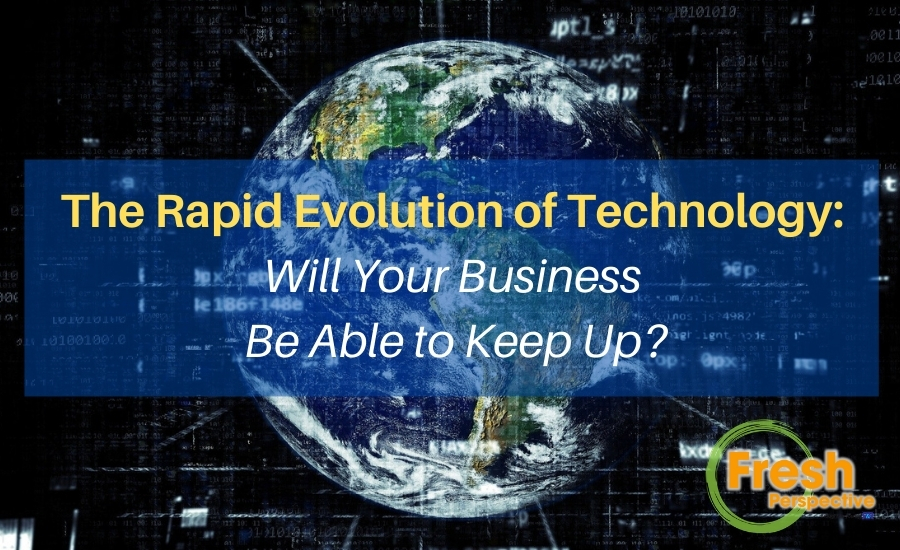Many years ago, when my marketing strategy largely involved posting signs and paying gas station owners $100 to park my truck outside their property, I overheard a couple guys talking about something called Google AdWords.
According to their conversation, this was the next big thing in advertising. It was a way to target customers looking for your exact services and generate more business much faster.
That night, I spent six hours hunched over my computer digging through articles, tutorials, and FAQs, determined to figure out this advanced method of advertising. I posted my first-ever Google ad that night, and I got a call from a new client the next morning.
It was like I’d unlocked the door to some magical new world. Before that experiment, marketing meant driving all over the San Fernando Valley, posting signs and knocking on doors. It meant faxing advertisements to property management companies one-by-one.
Now, here was a way to get more leads with significantly less time and effort.
At the time, my choice to adopt this technology in its early stages helped me get ahead and scale my business. But it really wasn’t long before online marketing became non-negotiable for anyone hoping to just keep up.
This is what I wish more tech-averse business owners understood. Whatever is cutting-edge today is going to be standard tomorrow. Technology changes the way business is done. More importantly, it transforms your customer’s expectations.
Nobody can afford to “not be a tech person.” Not anymore.
How Technology is Changing the Client Experience
We joke a lot about the way tech has changed our expectations. We poke fun at ourselves for our inability to go a day without the Internet or our “need” to know whether our Domino’s pizza is being made, in the oven, or on the way.
Yes, it’s funny how the pay phones we were still using a decade ago now look like the ruins of a ghost town. But it’s funny because it’s true.
We do have an entirely different set of expectations, and so do your clients. You and I have become accustomed to new speeds, new conveniences, and new communication options… and so have your customers. While we can always romanticize the way things were, our reality remains the same:
If you are not innovating, working with you will soon be inconvenient to your buyers.
Then it becomes not-worth-the-hassle.
And then you are obsolete.
What New Tech Means for the Home Services Industry
It can be very easy in the restoration industry to assume that the rules of innovation aren’t the same for us. We provide an in-person service, and the value of our services do not change with a shifting culture, value, or fads. Our customers will always need us.
Sure. But technology still affects the client experience. For example:
- How can potential buyers reach you to ask questions? Is there an online form? A chat box? Do they have to just call?
- How do you communicate with clients after you’ve booked a job? Do you have automated messaging in place to let them know when your techs are on the way?
- What are your customer's options for payment?
- And your CRM system—is it advanced enough to make the most of your client’s data? Do you have an automated messaging system to re-engage old customers, welcome new clients, or request reviews?
- How about advertising? Are you using the full capabilities of AI and targeted digital marketing?
Technology has a reputation for being cold and disconnected from the humanity of our work. But I want to challenge you to look at it a different way.
Your willingness to innovate is one more way you take the burden off of your client. At a time when they are feeling helpless and overwhelmed, you make their life that much easier by offering a simpler way to communicate. A smoother payment system. Easier access to information.
This is how you create a strong reputation for your company today. It’s also the only way to stay in the game for the long run.
Innovation is Moving Faster Than Ever
Technology will sneak up on you if you don’t take the steps to keep up with it.
Taxi companies might claim that Uber came out of nowhere, but it didn’t. Podcasts didn’t “blindside” radio. Those innovations were inevitable. Business owners just weren’t paying attention. They were not prepared to adapt.
To complicate matters further, tech is advancing at a faster rate than ever. With the increasing influence of artificial intelligence, big data, and sensors, we are about to see head-spinning innovations. You cannot afford to be a luddite. You have to care about technology.
And the good news is, it’s not as hard to stay up-to-date as you might think.
What You Can Do to Keep Up
Like all forms of growth, becoming more tech-savvy and tech-aware is a matter of small, gradual changes. Start with something like:
- Setting aside a small block of time every week to research new technology trends in your industry
- Signing up for a webinar on innovations in service or marketing
- Finding a mentor who loves and follows new advancements
- Encouraging your staff to suggest software or tools that would help them serve clients better
Now, if you’re the type who feels completely lost with any form of tech more advanced than texting, I have two suggestions.
- Designate a member of your team to take the reins on technology. Find someone who has a natural interest and skill for tech and let them introduce you to new possibilities for your company.
- Meanwhile, you need to work on expanding your own relationship to technology. You don’t have to become the company expert, you just need to be tech-literate. By all means, start small. Just start.
Finally, I leave you with the reminder that—just like technology—you are limitless.
You are capable of growth. You know how to ask for help. You are creative, ready to turn every tool at your disposal into a new beginning for your business.
And a healthy love of technology will prove to be your most valuable tool in this new era of business.
Cheers,
Idan Shpizear
911Restorationfranchise.com
Be true. Be you. Be great


